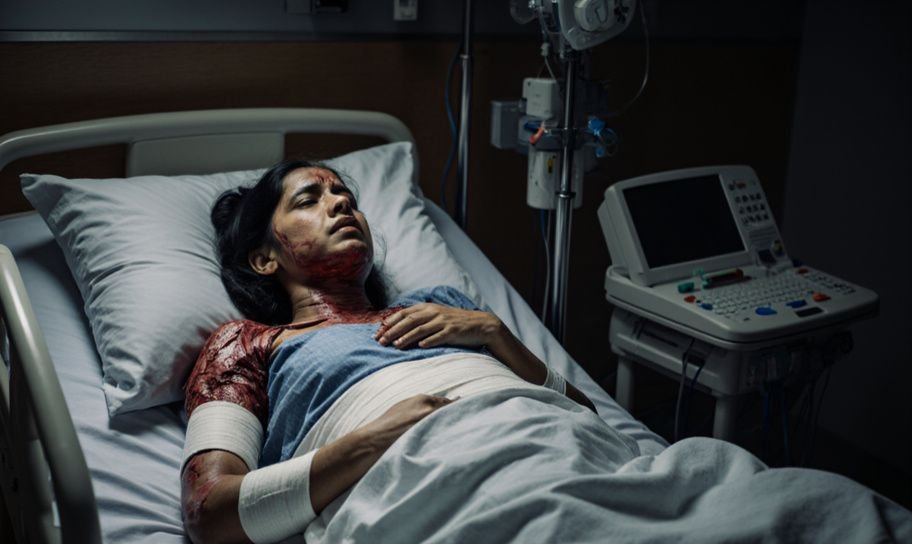
Summary: Vimalbai Dhavne, accused of setting her daughter-in-law on fire, was found not guilty due to conflicting evidence and untrustworthy statements made by the victim before she died.
In 2008, Vimalbai Dhavne was accused of killing her daughter-in-law, Mangala, by setting her on fire. Mangala had suffered severe burns all over her body and later died in the hospital. Initially, Vimalbai was found guilty and given a life sentence for murder.
Mangala's mother claimed that her daughter was mistreated by Vimalbai and other family members. The prosecution relied on statements made by Mangala before she died, where she supposedly said Vimalbai poured kerosene on her and set her on fire. However, these statements were not consistent.
"Vimalbai poured kerosene on her person and her husband set her ablaze," stated one statement.
Vimalbai challenged the decision, arguing that the statements made by Mangala before she died were not consistent. The defense pointed out that Mangala's mental and physical condition at the time of these statements was not properly checked.
"Consistency in the dying declaration is the relevant factor," argued the defense.
The court looked at evidence from different witnesses, including doctors and police officers who recorded the statements made by Mangala before she died. The doctor confirmed Mangala had severe burns but did not clearly check her mental condition during the statements.
Judges Urmila Joshi Phalke and Nandesh S. Deshpande found the statements made by Mangala before she died to be unreliable due to inconsistencies and possible influence by relatives. The court stressed the need for consistent and voluntary statements for a conviction.
"The dying declarations are not consistent, therefore, we are not inclined to accept the said dying declarations," the judgment concluded.
The court found Vimalbai Dhavne not guilty, overturning the previous judgment and sentence. The decision highlighted the need for careful examination of statements made by victims before they die and the importance of supporting evidence.
This case shows the challenges involved in legal cases, especially those that rely heavily on statements made by victims before they die. It serves as a reminder of the strict standards required for evidence to support a conviction in criminal cases.